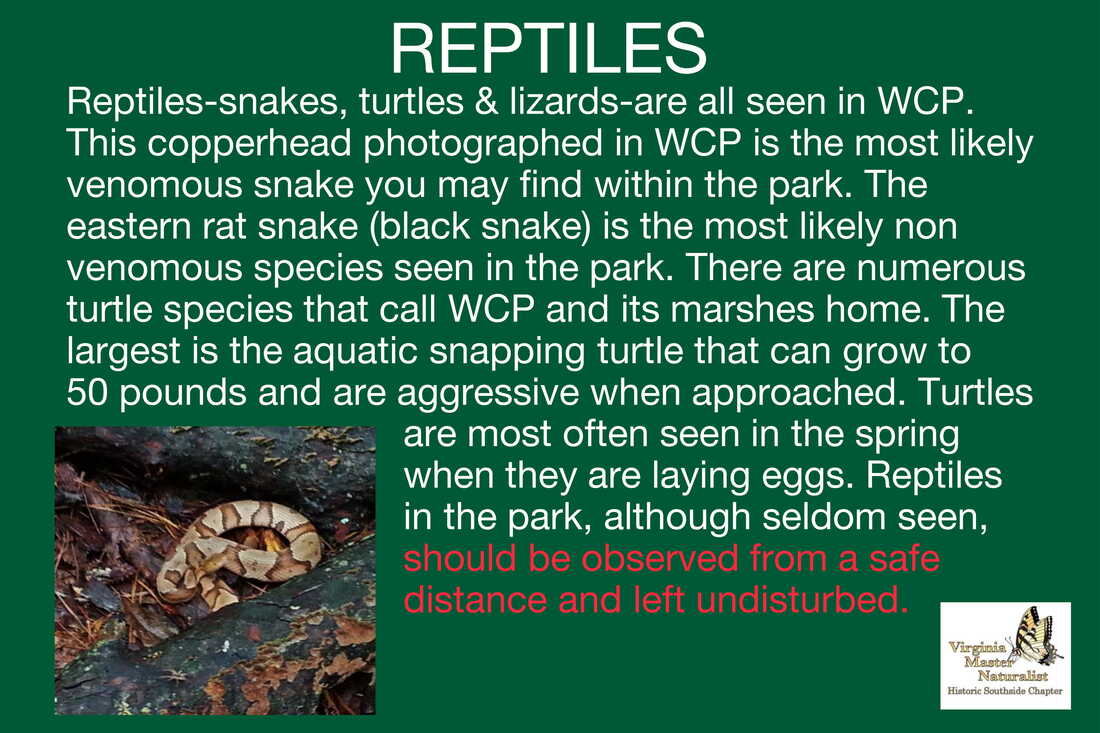Introduction
Reptiles are a group of animals that include snakes, lizards, turtles, crocodiles, and tuataras. Reptiles are characterized by having dry scales that are shed periodically. All reptiles are tetrapods, which simply means that they have either four limbs (like turtles and most lizards) or are descended from four-limbed animals (like snakes). Reptiles are vertebrate animals, meaning they have backbones housing spinal cords that run down the lengths of their bodies. Reptiles breathe through lungs and are cold-blooded, meaning they cannot control their own body temperature.
Some facts to consider
Reptiles are a group of animals that include snakes, lizards, turtles, crocodiles, and tuataras. Reptiles are characterized by having dry scales that are shed periodically. All reptiles are tetrapods, which simply means that they have either four limbs (like turtles and most lizards) or are descended from four-limbed animals (like snakes). Reptiles are vertebrate animals, meaning they have backbones housing spinal cords that run down the lengths of their bodies. Reptiles breathe through lungs and are cold-blooded, meaning they cannot control their own body temperature.
Some facts to consider
- Reptiles differ from amphibians in several ways. Amphibians have smooth moist skin, not scaly and dry like reptiles. Amphibians live “double lives” – one in water with gills and the other on land by growing lungs as they age. Reptiles have soft leathery eggs laid on land or kept in their bodies until they hatch. Amphibians have soft gel surrounding their eggs without any hard covering and are found in water or damp places.
- Snakes differ from other reptiles by having no legs, ears, or eyelids, and by possessing only one functional lung. The most notable characteristic of a snake is its long, slender body. A snake’s muscular body and flexible spine allowing it to climb effortlessly, swim, and slip into the smallest spaces. Although snakes lack ears and cannot technically hear, they do have the ability to detect low frequency vibrations from the air and ground.
- Lizards have dry, scaly skin. They have four legs, clawed feet, and a long tail. Some lizards can grow a new tail, if theirs is broken off. Some lizards eat bugs and spiders. Others eat plants, small animals, or even other lizards. Most lizards use their eyes to look for food. Some use their sense of smell. Lizards have jaws with teeth. They also have teeth on the roof of their mouth. Most lizards sleep through the winter. On warm days, they sometimes come out to eat.








